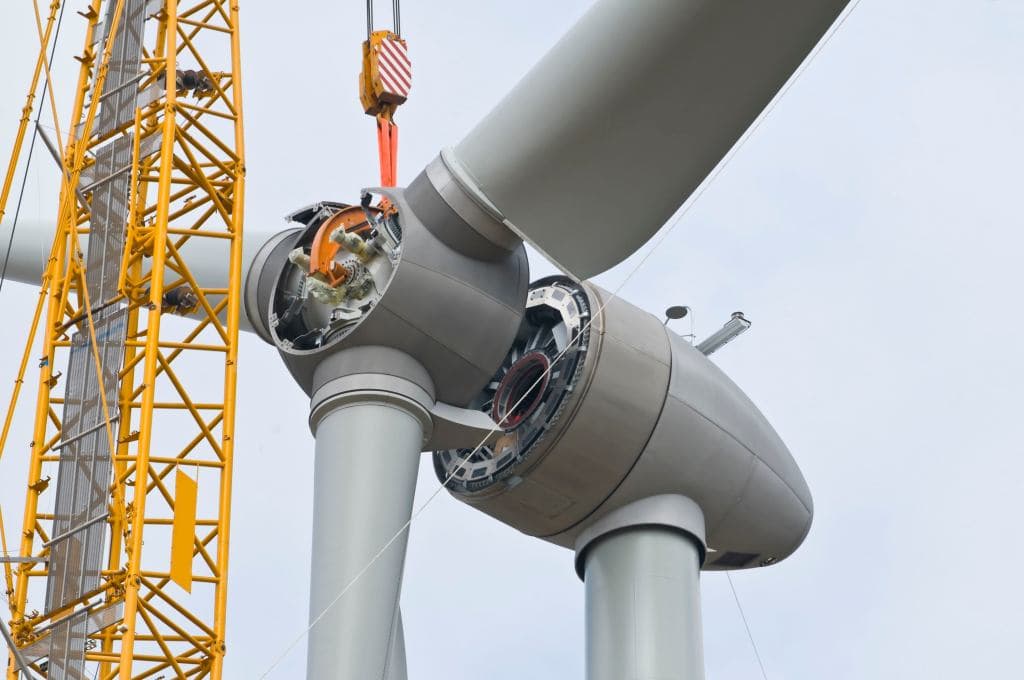
Tech companies like Google have increasingly turned to nuclear power to meet their growing energy demands, but even these advanced reactors may not suffice for their ambitious AI goals. To address this, Google is now collaborating with partners to develop gigawatts of renewable energy, battery storage, and grid infrastructure upgrades for its data centers.
On Tuesday, Google announced a partnership with renewable energy developer Intersect Power and investment fund TPG Rise Climate to generate enough carbon-free energy to power several large-scale data centers. This initiative represents a $20 billion investment in renewable energy, with Intersect already financing the first project. The plan also includes $800 million in equity investment for Intersect Power, led by TPG, with contributions from CAI, Google, and Greenbelt Capital Partners.
The rapid expansion of AI capabilities has driven tech giants like Google to scale up their data centers. Experts predict that without significant energy investments, AI data centers could face power shortages as early as 2027. This urgency has led companies to explore renewable energy solutions.
For this project, a 1-gigawatt data center will be paired with an equivalent capacity of wind, solar, and battery storage. The battery systems will store enough energy to last two to four hours. Both the data center and its renewable power sources will connect to the grid at the same point. Google has also committed to covering the costs of necessary grid upgrades to streamline the connection process.
The initiative aims to accelerate renewable energy deployment amid significant delays in grid interconnection. Currently, 11,860 active requests from power producers in the U.S. are waiting to connect to the grid, representing a combined capacity of 2.05 terawatts—nearly double the existing connected capacity. The majority of these requests involve solar and battery storage projects.
Google and Intersect Power plan to implement the project in phases, with the first phase becoming operational by 2026 and full completion expected by 2027. This swift timeline highlights the efficiency of renewable energy deployment compared to nuclear alternatives.
In contrast, nuclear power projects face longer timelines. For example, Microsoft’s project to restart a reactor at Three Mile Island is projected to go live in 2028. Similarly, Google’s deal with small modular reactor startup Kairos targets 2030 for its first plant, while Amazon’s partnership with SMR startup X-Energy aims for completion in the early 2030s. These nuclear projects are further complicated by industry challenges that often result in delays.
By advancing renewable energy solutions, Google is addressing the immediate energy needs of its growing AI infrastructure while setting an example for rapid and scalable deployment of clean energy technologies.